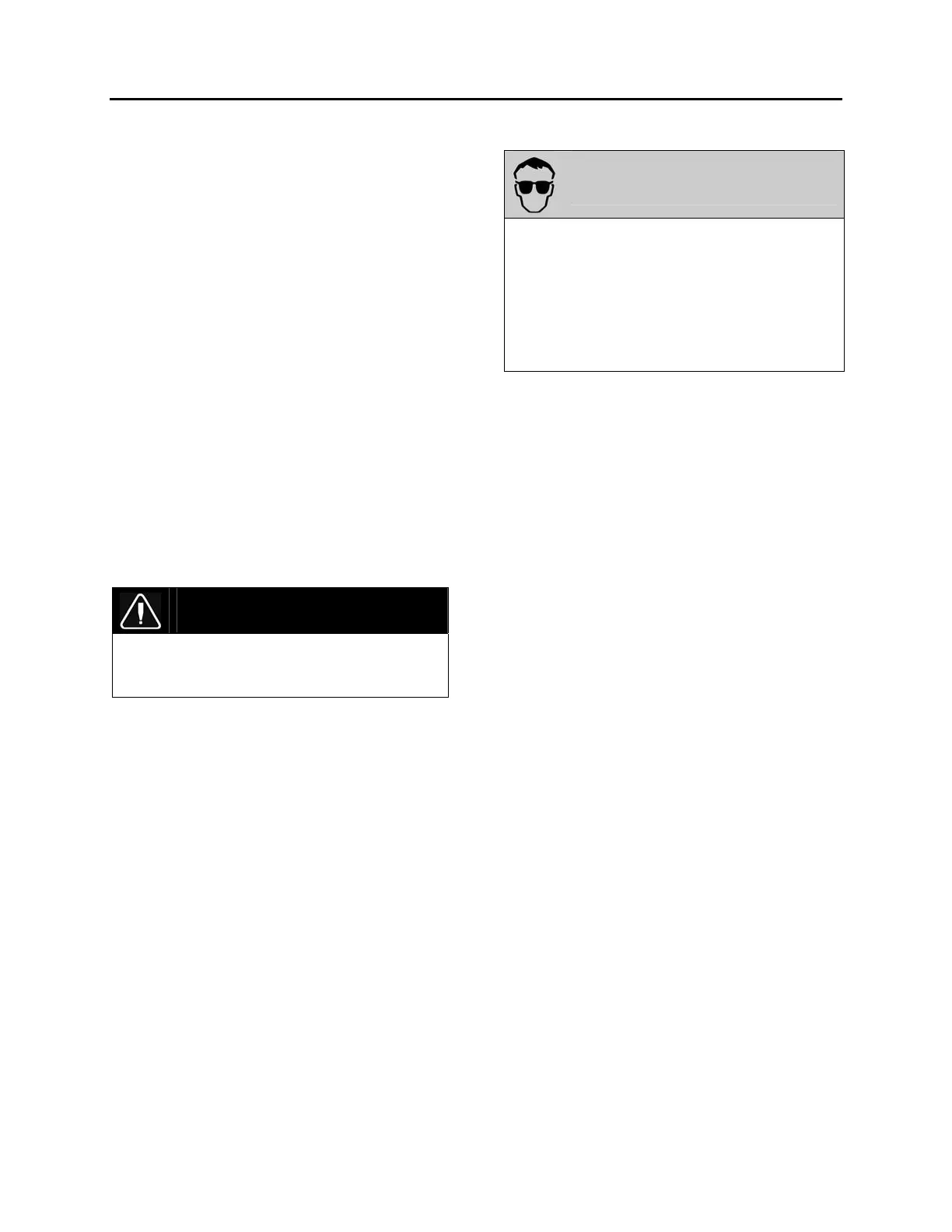Section 22: HEATING AND AIR CONDITIONING
PA1553
14
5. The success of the air conditioning system
depends on retaining the conditioned air
within the vehicle. All windows and intake
vents should be closed. An opening of
approximately 8 in
2
(5162 mm
2
) could easily
neutralize the total capacity of the system.
6. Other causes of inadequate cooling are
dirty coils or filter. Dirt acts as insulation and
is also serves as a restriction to the air flow.
7. The refrigeration load is not constant and
varies. It is also affected by outside
temperature, relative humidity, passenger
load, compressor speed, the number of
stops, etc.
8. The compressor will load or unload
depending on operating conditions.
8.2 REFRIGERANT
The A/C system of this vehicle has been
designed to use Refrigerant 134a as a medium.
Regardless of the brand, only R-134a must be
used in this system. The chemical name for this
refrigerant is Ethane, 1, 1, 1, 2-Tetrafluoro.
DANGER
Refrigerant in itself is nonflammable, but if it
comes in contact with an open flame, it will
decompose.
8.2.1 Procurement
Refrigerant is shipped and stored in metal
cylinders. It is serviced in 30 and 100 pound
(13,6 and 45 kg) cylinders. Approximately 24
pounds (10,9 kg) are used in the system.
It will be impossible to draw the entire refrigerant
out of the cylinder. However, the use of warm
water when charging the system will assure the
extraction of a maximum amount of refrigerant
from the cylinder.
8.2.2 Precautions in Handling Refrigerant
1. Do not leave refrigerant cylinder uncapped.
2. Do not subject cylinder to high temperatures,
do not weld or steam clean near system or
cylinder.
3. Do not fill cylinder completely.
4. Do not discharge vapor into an area where
a flame is exposed.
5. Do not expose the eyes to liquid refrigerant.
WARNING
One of the most important precautions when
handling refrigerant consists in protecting the
eyes. Any liquid refrigerant which may
accidentally escape is approximately -40
o
F (-
40
o
C). If refrigerant comes in contact with the
eyes, serious injury could result. Always wear
goggles to protect the eyes when opening
refrigerant connections.
All refrigerant cylinders are shipped with a heavy
metal screw cap. The purpose of the cap is to
protect the valve and safety plug from damage.
It is a good practice to replace the cap after
each use of the cylinder for the same reason. If
the cylinder is exposed to the sun’s radiant heat
pressure increase resulting may cause release
of the safety plug or the cylinder may burst.
For the same reason, the refrigerant cylinder
should never be subjected to excessive
temperature when charging a system. The
refrigerant cylinder should be heated for
charging purposes by placing it in 125
o
F (52
o
C)
water. Never heat above 125
o
F (52
o
C) or use a
blowtorch, radiator, or stove to heat the cylinder.
Welding or steam cleaning on or near any
refrigerant line or components of the A/C system
could build up dangerous and damaging
pressures in the system.
If a small cylinder is ever filled from a large one,
never fill the cylinder completely. Space should
always be allowed above the liquid for
expansion. Weighing cylinders before and
during the transfer will determine the fullness of
the cylinders.
8.2.3 Treatment in Case of Injury
If liquid refrigerant comes in contact with the
skin, treat the injury as if the skin was frost-bitten
or frozen. If liquid refrigerant comes in contact
with the eyes, consult an eye specialist or doctor
immediately. Give the following first aid
treatment:
1. Do not rub the eyes. Splash eyes with cold
water to gradually bring the temperature
above the freezing point.
2. Apply drops of sterile mineral oil (obtainable
at any drugstore) in the eyes to reduce the

